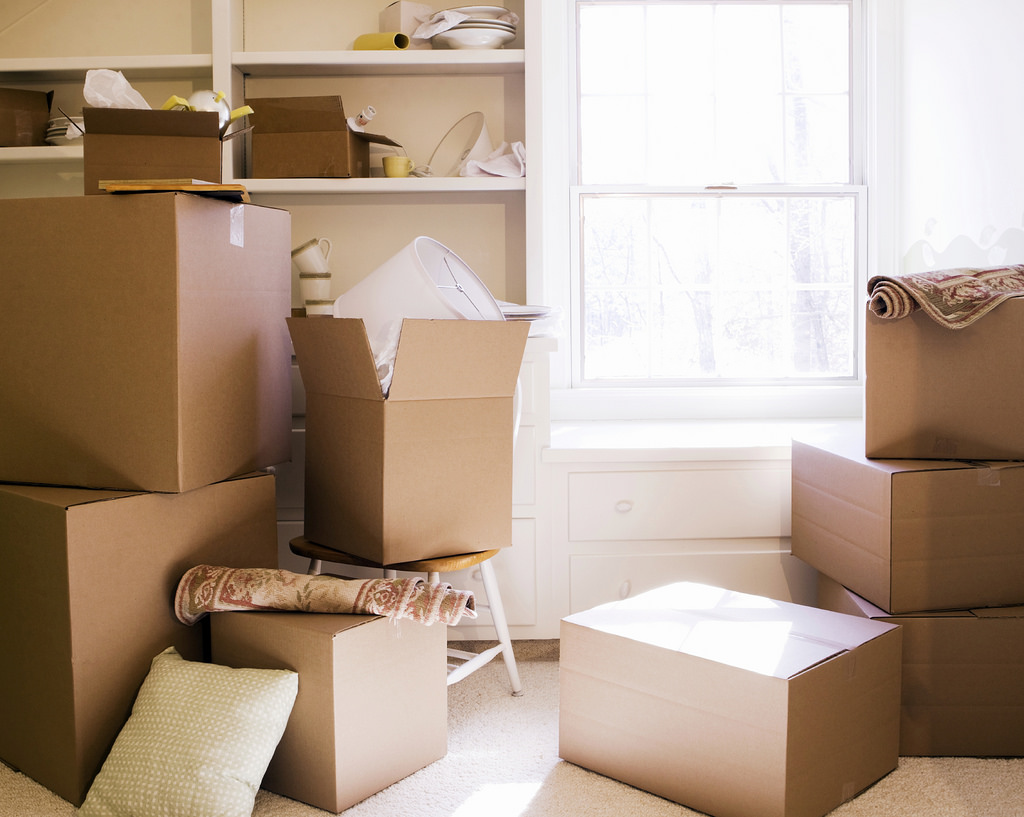Employing a few smart packing tips assists many people as they move belongings into short- or long-term storage. However, you’ll also want to avoid making some critical (and very common) mistakes! Consider relying upon these guidelines to enjoy a more pleasant packing experience:
Do Rely Upon These Four Tips
1. Do Plan Ahead For Packing
Set aside sufficient time to sort and pack your belongings carefully. Assemble high-quality boxes and other moving supplies to use during packing. Make sure you undertake this sometimes stressful process after obtaining sufficient rest. You’ll thank yourself later!
2. Do Use Bubble Wrap And Styrofoam Sheets to Protect Fragile Items
Always safeguard breakables. Experts often recommend using protective bubble wrap and Styrofoam sheets. (Crumpled tissue paper or newspaper may offer cost-effective assistance for people with limited packing budgets.)
3. Do Label Packed Boxes Carefully
Label every side of every box. This step will ease the burden of unpacking tremendously. Compiling a numbered listing of the contents of numbered boxes expedites labeling.
4. Do Request Packing Assistance if You Fall Behind Schedule
If you face rigid deadlines, don’t allow yourself to become overwhelmed while packing. Request help if you need this assistance. Many moving companies (for a fee) will furnish the services of experienced full-time packing technicians.
Don’t Make Four Critical Mistakes
1. Don’t Attempt to Pack Liquids in Packing Boxes
Most experts recommend never attempting to store fluids in packing boxes. Even a small pinpoint leak may allow the liquid to seep out and damage other stored items. Damp, wet storage boxes invite the growth of harmful mold and mildew. Potentially, a single leaky container can cause thousands of dollars in damage.
2. Don’t Pack Small Items Unsecured in Large Boxes
Small items easily sustain damage when placed loosely into larger boxes. Always endeavor to pack these items securely in smaller containers or compartments within the large box. You’ll minimize losses by adhering to this rule.
3. Don’t Pack Partially Filled Boxes
Packing partially filled boxes containing significant “empty spaces” often results in significant property damage. Unless the contents can withstand bumps and jostles (some stuffed toys will tolerate this type of abuse), a partly empty box proves a mistake. Consider packing crumpled tissue paper or other cushioning materials in the box to fill the entire space before sealing the lid.
4. Don’t Forget to Secure Boxes With Masking Tape
Finally, never send an open or unsecured box into storage. Failing to tape the box tightly shut facilitates both pilferage and insect damage. Most storage companies cannot safeguard the contents of open boxes effectively.

Reduce Property Losses
Adhering to these simple guidelines helps many people minimize (or prevent) property losses. During transport to and from storage, objects frequently sustain hard use. People who take their belongings into storage sometimes jostle the contents of moving boxes en route. A mover may drop a box, or stack it insecurely. However, by performing the initial packing correctly, you’ll have a better opportunity to ensure you eventually regain all your stored possessions in great condition!


